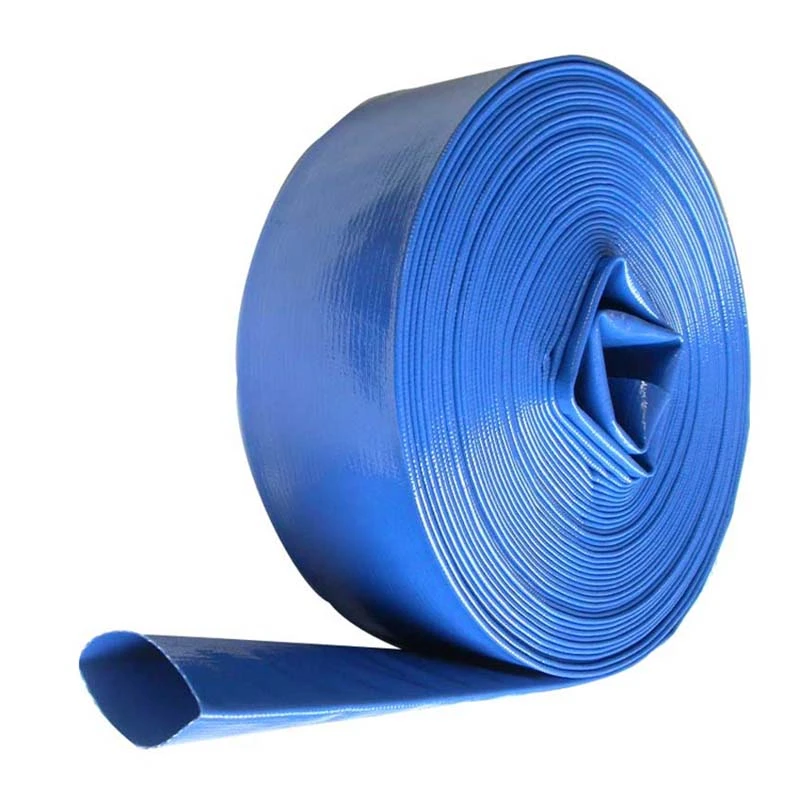High-Performance LPG Gas Hose for High Pressure Applications and Safety Standards
Understanding High Pressure LPG Gas Hoses Specifications, Applications, and Safety
Liquefied Petroleum Gas (LPG) is a vital energy source used in various domestic and industrial applications. Whether for heating, cooking, or fueling vehicles, the safe transport of LPG is crucial. Central to this process is the high-pressure LPG gas hose, which plays a significant role in ensuring the efficient and safe transfer of gas from storage to end-use applications.
What is a High-Pressure LPG Gas Hose?
A high-pressure LPG gas hose is specifically designed to transport liquefied petroleum gas at pressures significantly higher than typical household gas appliances. These hoses are constructed from durable materials that can withstand the stress induced by high pressures, ensuring that they remain intact and leak-free under varying conditions.
The standard specifications for high-pressure LPG gas hoses include materials like rubber or thermoplastic, which provide resilience, flexibility, and resistance to temperature fluctuations. Typically, these hoses are rated for pressures ranging from 300 psi (pounds per square inch) to over 1000 psi, depending on the specific application and regulatory requirements.
Key Features and Specifications
1. Material Composition High-pressure LPG hoses are commonly made from reinforced rubber, which offers excellent tensile strength, flexibility, and resistance to environmental factors such as UV rays and ozone degradation. Some hoses use thermoplastic elastomers for enhanced flexibility and chemical resistance.
2. Reinforcement These hoses are often reinforced with multiple layers of fiber or steel mesh. This reinforcement is crucial as it provides the strength needed to withstand high pressures and reduces the risk of bursting under extreme conditions.
3. Temperature Resistance High-pressure LPG hoses are engineered to operate effectively in a wide temperature range. They can usually withstand temperatures as low as -20°C (-4°F) and as high as 60°C (140°F), making them suitable for various environmental conditions.
4. Compliance and Certification It’s essential for high-pressure LPG gas hoses to meet local and international safety standards. Look for hoses that are certified by organizations such as the American National Standards Institute (ANSI), the National Fire Protection Association (NFPA), and the European Norm (EN) standards for safety in gas systems.
Applications of High Pressure LPG Gas Hoses
High-pressure LPG hoses are used in a plethora of applications, including
high pressure lpg gas hose

- Commercial Cooking Restaurants and catering services often use high-pressure hoses to connect LPG tanks to commercial cooking equipment, ensuring a steady supply of gas. - Industrial Heating Factories use high-pressure LPG hoses for heating processes, where large volumes of gas are required to maintain equipment or provide heat for processes.
- Automotive LPG is becoming an increasingly popular alternative fuel for vehicles. High-pressure hoses facilitate the transfer of LPG to fuel systems in automotive applications.
- Agriculture Farmers use LPG for heating greenhouses, powering equipment, and even as a fuel source for tractors and other machinery.
Safety Considerations
While high-pressure LPG hoses have robust construction and are designed for safety, proper usage and maintenance are critical. Here are some important safety tips
1. Regular Inspections Periodically check hoses for any signs of wear, such as cracks, bulges, or leaks. Replace damaged hoses immediately to prevent accidents.
2. Proper Installation Ensure that hoses are installed according to manufacturer guidelines, as incorrect installation can lead to leaks and malfunctions.
3. Safe Storage When not in use, store hoses in a cool, dry place away from direct sunlight or extreme temperatures. This helps prolong their lifespan and maintain their integrity.
4. Training for Users Ensure that all personnel handling LPG and its hoses are trained in safe usage practices and know the emergency procedures in case of a leak or other incident.
Conclusion
High-pressure LPG gas hoses are indispensable components in the safe and efficient transport of liquefied petroleum gas across various applications. With understanding of their specifications, applications, and safety measures, users can significantly mitigate risks and ensure optimal performance in their operations. Safety should always be a priority, ensuring that both workers and environments remain protected while leveraging the benefits of LPG.
-
Welded Wire Mesh Panel: Durable, Versatile, and AffordableNewsJul.28,2025
-
Top Quality Oxy Acetylene Hoses for Sale Fit for Welding DemandsNewsJul.28,2025
-
The Future of Pneumatic Air Tubes in IndustryNewsJul.28,2025
-
Superior and Reliable LPG Hose Pipe Solutions for Every NeedNewsJul.28,2025
-
Exceptionally Durable and Versatile Premium Braided PVC TubingNewsJul.28,2025
-
Best Adapters for Connecting Garden Hose to PVC Pipe ConnectionsNewsJul.28,2025














